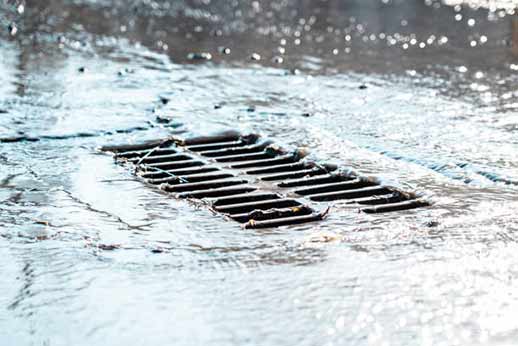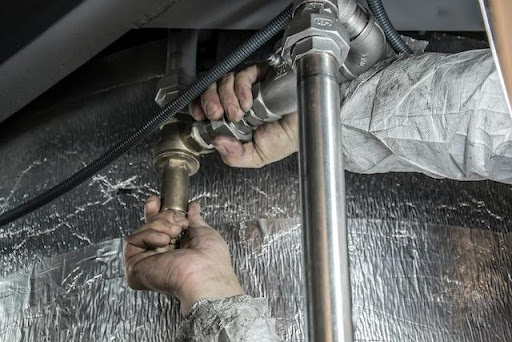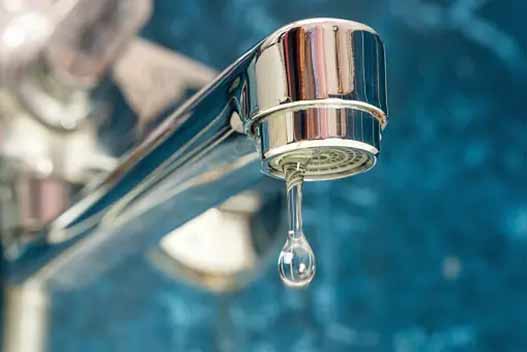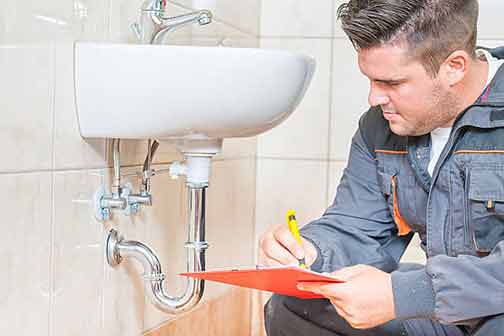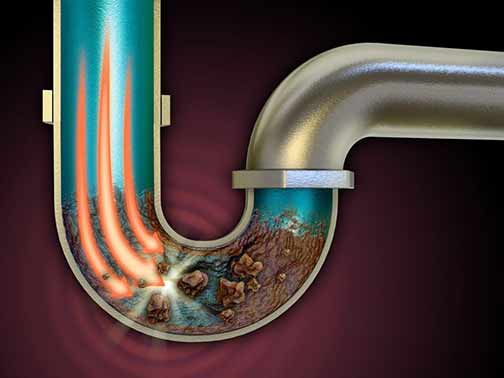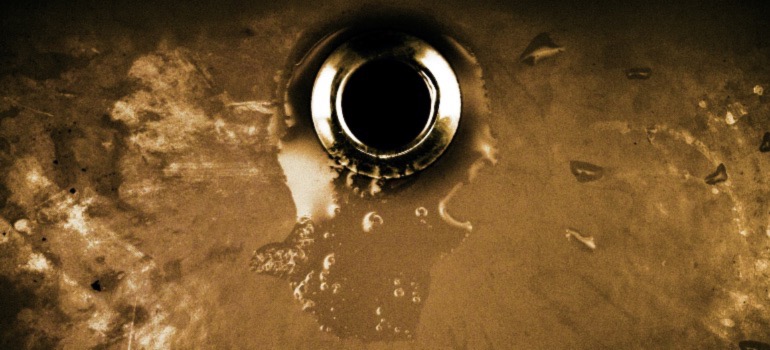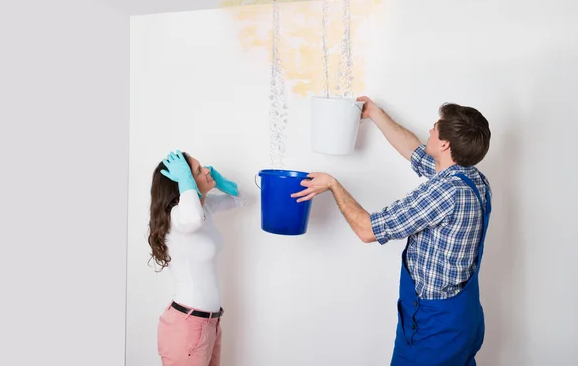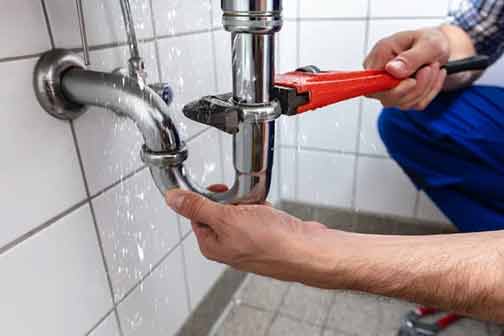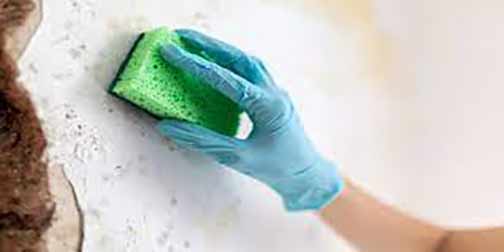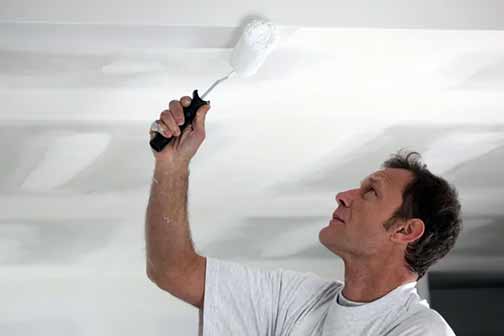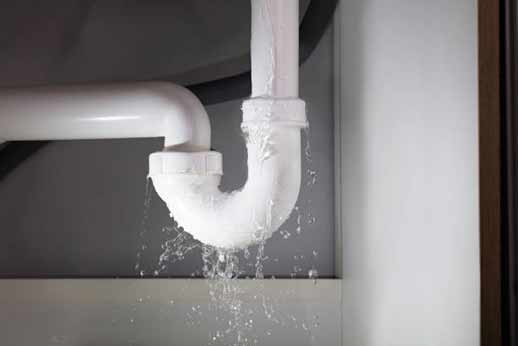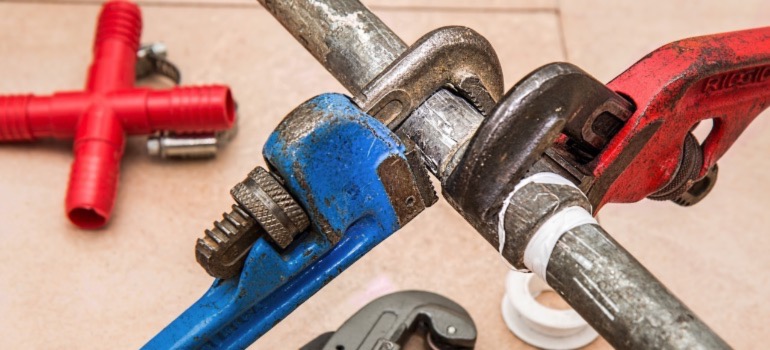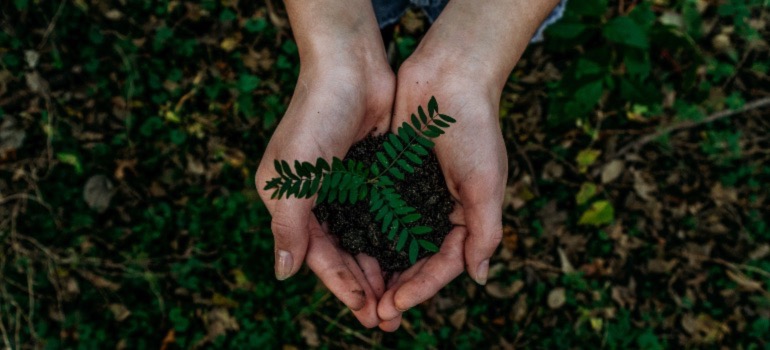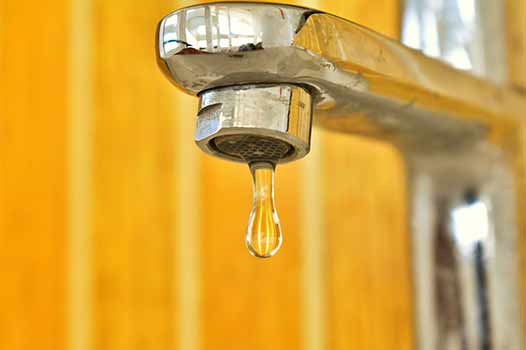
Fruit flies can be an irritating and persistent problem in many households. These tiny, winged pests seem to appear out of nowhere, swarming around fruit bowls and hovering near drains. Often, the source of a fruit fly infestation is the drain, where organic matter builds up and provides an ideal breeding ground for these pesky insects. Below we will explore several effective methods to eliminate fruit flies in your drain and keep your home pest-free.
Understanding Fruit Flies
Before we delve into the specific eradication methods, it is essential to have a basic understanding of fruit flies and their behavior. Fruit flies, scientifically known as Drosophila melanogaster, are attracted to overripe or decaying fruits and vegetables, as well as moist areas rich in organic matter. Their life cycle is incredibly short, from egg to adult fly in just 8-10 days, allowing them to multiply rapidly.
Fruit flies are excellent at finding food sources, thanks to their keen sense of smell. They can detect the aroma of ripe fruits from a great distance, leading them to infest fruit bowls or trash bins. However, their preferred breeding ground often remains unnoticed – the drain. Kitchen drains provide a combination of organic matter, moisture, and darkness, creating an ideal environment for fruit fly larvae to thrive.
Effective Methods to Eliminate Fruit Flies in Your Drain
Here are some proven methods to eliminate fruit flies in your drain:
Cleaning and Sanitizing the Drain
The first step in eliminating fruit flies in your drain is to thoroughly clean and sanitize it. Start by removing any visible debris or pieces of food that may have accumulated in the drain. Use a pipe brush or a long, flexible tool to reach deep into the drain and dislodge any trapped organic matter. Once you have cleared the drain, flush it with hot water to wash away any remaining particles.
Next, prepare a mixture of equal parts vinegar and boiling water. Slowly pour the solution down the drain, ensuring that it reaches the hidden corners and crevices. Vinegar acts as a powerful natural cleanser that can break down organic matter and discourage fruit flies from breeding. Follow this with another round of hot water to flush out any remaining residue.
Regularly repeating this cleaning process will help keep your drain free from organic build-up and reduce the risk of fruit fly infestations.
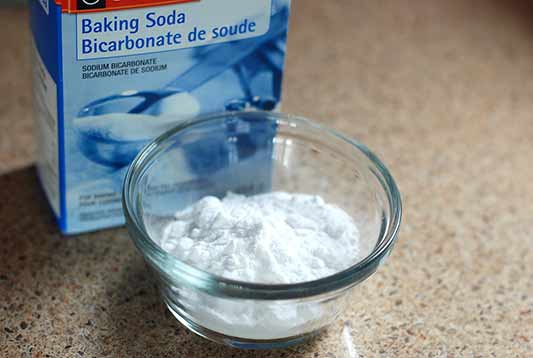
Baking soda and vinegar are two common household ingredients that can also help eliminate fruit flies in your drain.
Using Baking Soda and Vinegar
Baking soda and vinegar are two common household ingredients that can also help eliminate fruit flies in your drain. Start by pouring a cup of baking soda down the drain. Follow this with a cup of vinegar, which will create a fizzy reaction. Allow the mixture to sit in the drain for about 15 minutes before flushing it with hot water.
The combination of baking soda and vinegar helps break down organic matter, unclog drains, and eliminate foul odors. This method can be repeated once or twice a week to maintain a clean and pest-free drain.
Boiling Water and Salt
If you prefer a more straightforward approach, boiling water combined with salt can also be effective in eliminating fruit flies. Boil a pot of water and add a generous amount of salt. Stir until the salt is dissolved. Carefully pour the hot saltwater down the drain, making sure to cover all areas.
The hot water will kill any fruit fly larvae present in the drain, while the salt acts as a natural repellent. This method is best used as a preventive measure, discouraging fruit flies from laying their eggs in the drain.
Preventive Measures
While the above methods will help eliminate existing fruit fly infestations in your drain, it is crucial to take preventive measures to ensure they do not return. Here are some tips to help keep fruit flies at bay:
– Regularly remove ripe or overripe fruits and vegetables from your kitchen countertops and dispose of them properly. Store fruits in the refrigerator to minimize fruit fly attraction.
– Keep your kitchen clean and free from spills or food debris, as even the tiniest amount can attract fruit flies.
– Empty and clean your trash bins regularly, ensuring they have tightly sealed lids to prevent fruit fly access.
– Fix any leaking pipes or faucets to eliminate a potential moisture source for fruit flies.
– Install drain covers or screens to prevent fruit flies from entering the drain and laying eggs.
– Avoid leaving dirty dishes in the sink overnight, as they provide additional food sources for fruit flies.
– Maintain good overall hygiene in your kitchen, including proper food storage and cleaning practices.
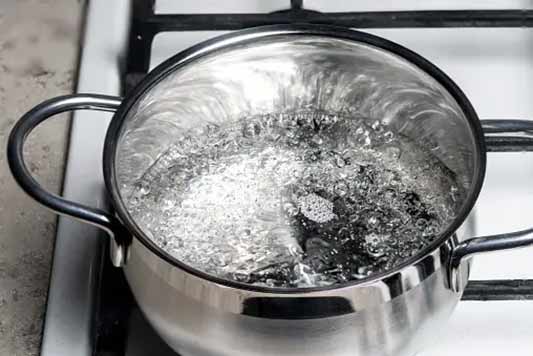
If you prefer a more straightforward approach, boiling water combined with salt can also be effective in eliminating fruit flies.
To Sum It Up
Fruit flies can be a persistent nuisance, particularly when they infest your drains. However, with proper cleaning, sanitization, and regular maintenance, you can eliminate fruit flies and prevent future infestations. By understanding the behaviors of fruit flies and implementing these effective methods, you can ensure a pest-free environment, free from the annoyance of these tiny winged insects.
